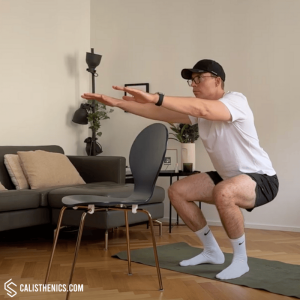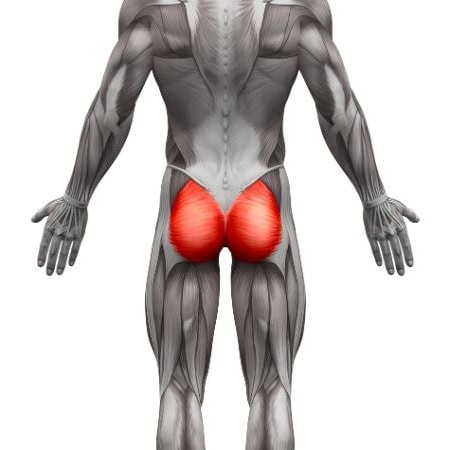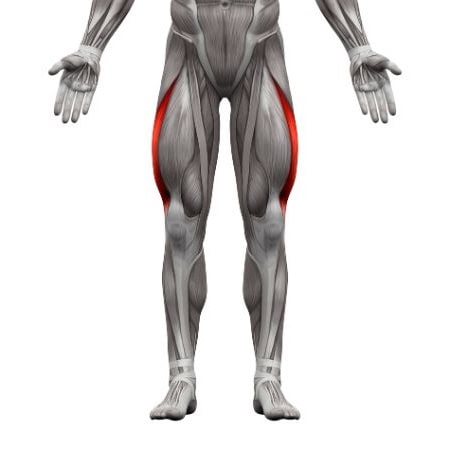Negative Squats
How to do Negative Squats?
Negative squats, also known as eccentric squats, focus on the controlled lowering phase of the squat movement. This variation emphasizes eccentric muscle contraction, which helps improve muscle strength and control. In this version, the upward phase (concentric movement) is assisted by holding onto a chair or support in front of you, making it ideal for beginners, those recovering from injury, or anyone looking to build lower-body strength gradually. The chair provides stability during the squat, allowing for better focus on the controlled descent.
Steps to Perform a Proper Negative Squat (Eccentric Squat with Chair Assistance):
1. Set Up with a Chair in Front:
• Stand facing a sturdy chair or any stable surface at about waist height, with your feet shoulder-width apart and toes slightly turned out.
• Hold onto the back or seat of the chair lightly with both hands for support. Your arms should be extended but relaxed.
2. Engage Your Core and Prepare to Squat:
• Tighten your core to maintain good posture and ensure your spine stays neutral during the movement. Keep your chest lifted and your shoulders back.
• Keep your weight distributed evenly across your feet, especially pressing through your heels.
3. Begin the Slow Descent:
• Inhale as you slowly begin to lower your body by pushing your hips back and bending your knees. Focus on controlling the descent, taking 3-5 seconds to lower yourself as far as comfortable. Your goal is to keep the movement slow and smooth.
• Keep your knees aligned with your toes, avoiding inward collapse. Lower yourself until your thighs are parallel to the floor or as low as your flexibility allows.
4. Pause at the Bottom:
• Pause briefly at the bottom of the squat to engage your muscles and feel the tension in your quads, glutes, and hamstrings. Keep your core engaged and your chest upright.
5. Return to Standing with Assistance:
• Exhale as you push up to return to the standing position, using the chair for assistance. You may pull on the chair slightly to help with the upward movement if needed, focusing on proper form during the ascent.
6. Repeat:
• Perform the desired number of repetitions, focusing on controlling the eccentric (lowering) phase and using the chair for support during the upward phase.
Benefits of Negative Squats (Eccentric Squats)
• Builds Muscle Strength and Control: Focusing on the eccentric (lowering) phase of the squat helps build muscle strength and control, especially in the quadriceps and glutes.
• Reduces the Risk of Injury: Negative squats are great for improving the form and control needed for more advanced exercises like full squats or weighted squats. This reduces the risk of injury by teaching proper body mechanics.
• Improves Flexibility and Mobility: The controlled descent allows for a deeper range of motion, which helps improve hip, knee, and ankle flexibility over time.
• Enhances Balance and Coordination: The slow, controlled movement helps improve balance and coordination, making it beneficial for everyday activities and athletic performance.
• Supports Injury Recovery: Negative squats are ideal for those recovering from injuries, as they allow for strengthening the muscles without the high impact of regular squats. The chair provides additional support, making the exercise safer.
• Increases Time Under Tension: Eccentric training increases the time your muscles are under tension, which leads to greater muscle growth and strength gains over time.
• Accessible for All Fitness Levels: The use of a chair makes this exercise accessible for beginners or those with limited lower body strength, while still providing an effective lower body workout.
Common Mistakes to Avoid
• Relying Too Much on the Chair: While the chair is there for support, avoid pulling yourself up too much with your arms. Focus on using your legs to control the movement and build strength.
• Allowing the Knees to Cave Inward: Ensure your knees track over your toes to avoid placing unnecessary strain on the knees and ensure proper muscle engagement.
• Rushing the Descent: The benefit of negative squats lies in the slow, controlled lowering phase. Avoid rushing through the descent, as this reduces muscle engagement and effectiveness.
• Leaning Forward: Keep your chest lifted and avoid leaning forward excessively during the squat. This helps maintain proper posture and reduces the risk of lower back strain.
Tips for the proper execution of Negative Squats
Focus on the Descent: The main benefit of negative squats is the slow, controlled lowering phase. Focus on taking 3-5 seconds to descend, which maximizes muscle engagement.
Core Engagement: Keep your core tight throughout the movement to support your lower back and maintain proper posture.
Knee Alignment: Make sure your knees track over your toes and avoid letting them collapse inward. This helps prevent strain on your knees and ensures better muscle engagement.
Keep Weight in Heels: Ensure your heels stay planted on the ground throughout the movement to activate the glutes and hamstrings more effectively.
Use the Chair for Assistance Only: While the chair provides support, try to rely on it only during the ascent phase. Focus on using your legs to control the movement as much as possible.
Muscles worked when doing Negative Squats
Primary Muscles:
•Quadriceps: The quads are heavily engaged during the lowering phase, controlling the descent and maintaining balance.
•Glutes: The gluteus maximus works during the descent and is engaged to stabilize the hips throughout the movement.
•Hamstrings: Assist in controlling the slow, eccentric phase and are engaged as stabilizers during the squat.
Secondary Muscles:
•Core: The abdominals and obliques engage to stabilize the torso and maintain proper posture throughout the movement.
•Calves: The calf muscles help stabilize the ankles and provide balance during the squat.
•Lower Back: Erector spinae muscles help support the spine and maintain posture during the descent.
•Hip Adductors: Assist in stabilizing the lower body and maintaining balance.
Primary Muscle(s):
Secondary Muscle(s):
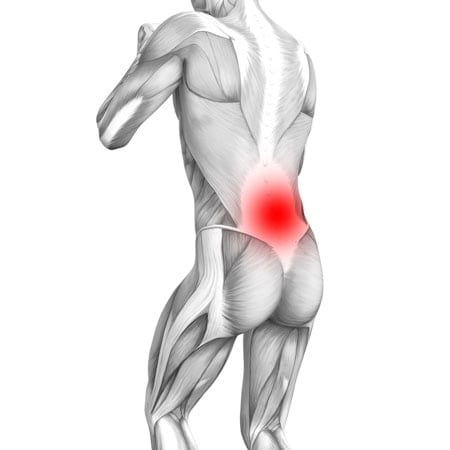
Lower back
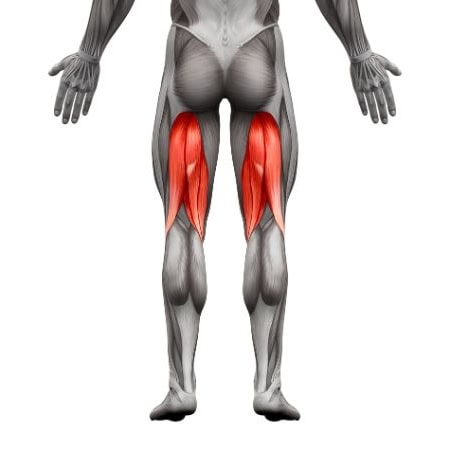
Hamstring
Equipment needed for Negative Squats
No equipment needed for this exercise.
Adjust the difficulty of Negative Squats
How to make Negative Squats harder?
How to make Negative Squats easier?
How to make Negative Squats harder?
To make Negative Squats harder:
-
Slow Down the Descent Further: Extend the lowering phase to 5-7 seconds to increase time under tension and further engage the quads, glutes, and hamstrings.
-
Increase Repetitions or Sets: Perform additional repetitions or sets to challenge your endurance and further strengthen the lower body.
-
Add a Hold at the Bottom: Pause at the bottom of the squat for 2-3 seconds to increase the challenge, focusing on keeping your core and legs engaged.
-
Add a Weight: Hold a light dumbbell or kettlebell in front of your chest (goblet style) to increase the resistance during the lowering phase and further challenge your legs and core.
How to make Negative Squats easier?
To make Negative Squats easier:
-
Use More Assistance from the Chair: If you’re struggling with the ascent, use the chair more actively to help pull yourself back up to standing. Gradually reduce how much you rely on the chair as you get stronger.
-
Reduce the Range of Motion: Only lower your body halfway or as far as you feel comfortable while maintaining control. Increase the depth of your squat as your strength and flexibility improve.
-
Use a Higher Support Surface: If a chair feels too low, use a taller surface, such as a countertop, to provide more support and stability.

